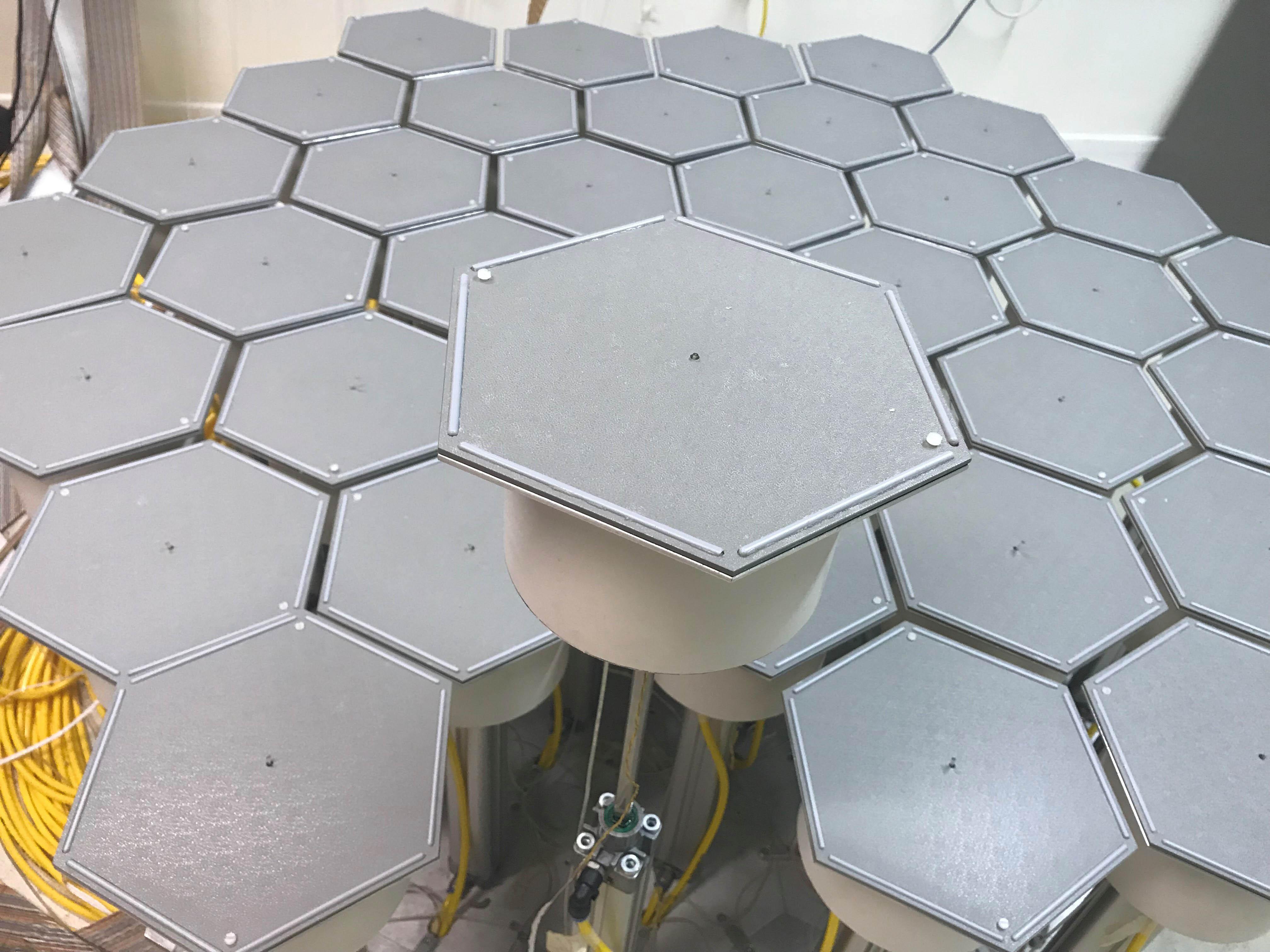
Tools and Software
Innovation is central to the Sainsbury Wellcome Centre’s vision to create a world class research environment in which neuroscientists can generate experimentally testable theories that explain how activity in brain circuits generates behaviours.
The SWC boldly invests in new technologies in three main areas:
- Measurement of activity from large numbers of single neurons across multiple brain regions during behaviour.
- Development of more precise and quantitative approaches to study animal behaviour.
- Construction of optimal data management, visualisation, and analysis systems, particularly in collaboration with our colleagues in the Gatsby Computational Neuroscience Unit.
A key focus of this investment is the FabLabs and associated MakerSpace. These state of the art facilities, staffed by highly experienced designers, engineers and tool makers, provide innovative solutions to experimental challenges.
The FabLabs’ staff work closely with teams of experimentalists to tailor technology development to the scientific objectives of specific experiments. Often the solutions provided by the FabLabs are essential in achieving the scientific advancement.
Consistent with both the expectations of our funders and the philosophy of the SWC, successful technical products invented by the FabLabs are shared within the SWC in an open source model. Most design projects are subject to a period of development and refinement before the outcome is judged to be ‘successful’.
Any technology that is conceptualised, designed and manufactured with or by the FabLabs is considered intellectual property of SWC. SWC will share such successful designs within the SWC community as soon as is feasible and, at the very latest, with the international research community upon publication.
To facilitate the transfer of such scientific innovation we intend to build a web-based catalogue of FabLabs’ design solutions, along with all necessary guidance on manufacturing and use of the technology described.
Examples of SWC Technology Development
- BrainGlobe: The BrainGlobe Initiative (BGI) exists to facilitate the development of interoperable Python-based tools for computational neuroanatomy. The BGI develops tools for data analysis and visualisation, establishes data standards and seeks to build a community of neuroscientists and software developers. See The BrainGlobe Initiative for more details.
- Pyper: This software allows the tracking of an animal in an open field from pre-recorded videos and during live feed. https://github.com/SainsburyWellcomeCentre/Pyper
- Neuropixel Probes: SWC Investigators contributed to a consortium effort that resulted in development of these silicon-fabricated devices, which enable the activity of many hundreds of neurons in the brain to be simultaneously recorded. These devices leverage scalable production benefits, accommodating 960 potential recording sites, a programmable architecture for selecting up to 384 recording channels, on-chip signal processing, amplification and digitisation, and a minimally invasive footprint (Jun et al, 2017). Neuropixels were released in 2017 and thanks to funding from Wellcome and generous funding from the Sainsbury Wellcome Centre, we offer a series of yearly training courses. More recently, researchers at SWC were involved in a worldwide collaboration to develop a next-generation tool, Neuropixels 2.0, to stably track neurons over months.
- The Honeycomb Maze: This novel behavioural paradigm facilitates the systematic study of spatial navigation in rodents. The design incorporates independent control over an animal’s choices at each point in the maze, providing the ability to assess knowledge of the goal direction from any location, and allowing the identification of factors influencing task performance. The maze also affords the possibility of concomitant single cell or population (e.g., via miniscope) recording (Wood et al., 2017).
